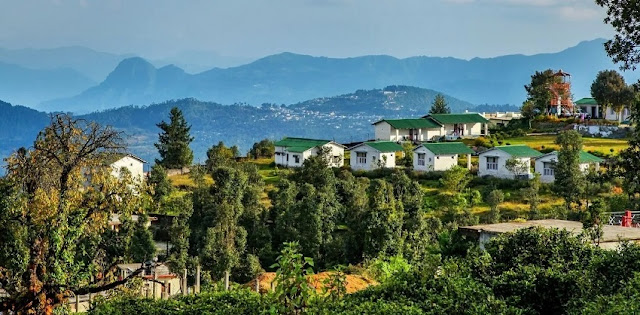Nakkataiya Mela: The Cultural Heart of Varanasi’s Chetganj
Nestled at the very soul of Varanasi, Chetganj comes alive every year as the proud host of the iconic Nakkataiya Mela. This neighborhood beautifully weaves together timeless traditions and the vibrant pulse of modern life. With its prime location along Raja Bazar Road, Chetganj enjoys seamless connectivity and is always bustling with pilgrims, residents, and cultural enthusiasts from all over the world.
Step into Chetganj’s winding lanes and you’ll find a living museum—bazaars buzzing with activity, ancient temples, and historic homes that narrate the fascinating heritage of Varanasi at every corner. During the Nakkataiya Mela, this area transforms into a grand stage celebrating India’s living traditions.
Nakkataiya Mela: Varanasi’s Icon of Faith and Heritage
Widely acknowledged as the spiritual capital of India, Varanasi finds its cultural crown in the spectacular Nakkataiya Mela of Chetganj. This annual festival is a dazzling blend of devotion, community, and storytelling, drawing visitors and locals alike for a night-long expression of faith and unity.
Origins and Historical Importance
The Nakkataiya Mela dates back to 1887, initiated by Baba Fateh Ram as a subtle protest against colonial rule through the profound symbolism of the Ramayana. Over time, it evolved beyond a symbol of resistance into a cherished celebration upholding the deepest values and traditions of Kashi.
The Surpanakha Episode: Mythology Comes Alive
The festival centers around the famous episode from the Ramayana, when Surpanakha’s encounter with Lord Rama and Lakshmana results in Lakshmana severing her nose—a defining moment known as “Nakkataiya.” The annual reenactment of this scene gives the festival its name, captivating the audience with dramatic performances that blend mythology, art, and social meaning.
How Nakkataiya Mela Is Celebrated
The Nakkataiya Mela is more than a tradition—it is a vibrant cultural extravaganza:
-
It all begins with an energetic play depicting the Surpanakha episode.
-
A grand procession weaves through Chetganj’s lively lanes, with performers in elaborate Ramayana costumes.
-
The air fills with classical music, devotional songs, and lively folk dances, making the entire locality pulse with spiritual fervor.
-
Streets glow with decorative lights, food stalls serve up authentic Banarasi treats, and artisans display handicrafts, handloom textiles, and pottery, celebrating the best of Kashi’s artistic heritage.
-
The synergy of crowd energy, dramatic devotion, and wafting aromas creates an unforgettable experience for everyone.
Community Spirit and Social Harmony
What makes Nakkataiya Mela so endearing is its power to unite:
-
It bridges gaps of caste, class, and creed, bringing together the entire local community in a heartfelt celebration.
-
Residents come together to prepare, decorate, and participate in every aspect of the festival.
-
It keeps alive the deep moral teachings and epic stories of the Ramayana, passing them on with pride to younger generations.
-
In every sense, the Nakkataiya Mela embodies Varanasi’s inclusive and timeless spirit, where festival and faith become one.
Visiting Chetganj During Nakkataiya Mela
If you wish to soak in the grandeur of Nakkataiya Mela, plan your visit around Karwa Chauth, when the festival is celebrated with great energy from late evening through the dawn.
-
Arriving early is advised to find a vantage point to enjoy the dazzling procession.
-
Savor Banarasi delicacies and browse the festive craft stalls.
-
The true magic, however, is simply in being there—absorbing the sights, sounds, and spirit first-hand.
For many, this festival is not just an event—it is an unmissable opportunity to witness a living tradition that reveals the heart of India.
Conclusion
Nakkataiya Mela is far more than a fair—it is the lifeblood of Chetganj and the living testament to Varanasi’s rich cultural legacy. For anyone eager to grasp the depth of Indian spirituality and community, witnessing the Nakkataiya Mela in Chetganj is truly an experience of a lifetime—where history, mythology, and modern-day festivity walk hand in hand.

